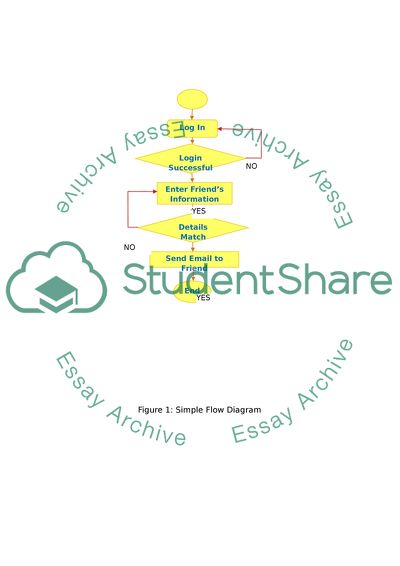Cite this document
(The Redesign of the System for Valentinos Report Example | Topics and Well Written Essays - 3250 words, n.d.)
The Redesign of the System for Valentinos Report Example | Topics and Well Written Essays - 3250 words. https://studentshare.org/information-technology/1878112-ci7230-modelling-enterprise-architectures-coursework-report
The Redesign of the System for Valentinos Report Example | Topics and Well Written Essays - 3250 words. https://studentshare.org/information-technology/1878112-ci7230-modelling-enterprise-architectures-coursework-report
(The Redesign of the System for Valentinos Report Example | Topics and Well Written Essays - 3250 Words)
The Redesign of the System for Valentinos Report Example | Topics and Well Written Essays - 3250 Words. https://studentshare.org/information-technology/1878112-ci7230-modelling-enterprise-architectures-coursework-report.
The Redesign of the System for Valentinos Report Example | Topics and Well Written Essays - 3250 Words. https://studentshare.org/information-technology/1878112-ci7230-modelling-enterprise-architectures-coursework-report.
“The Redesign of the System for Valentinos Report Example | Topics and Well Written Essays - 3250 Words”. https://studentshare.org/information-technology/1878112-ci7230-modelling-enterprise-architectures-coursework-report.


